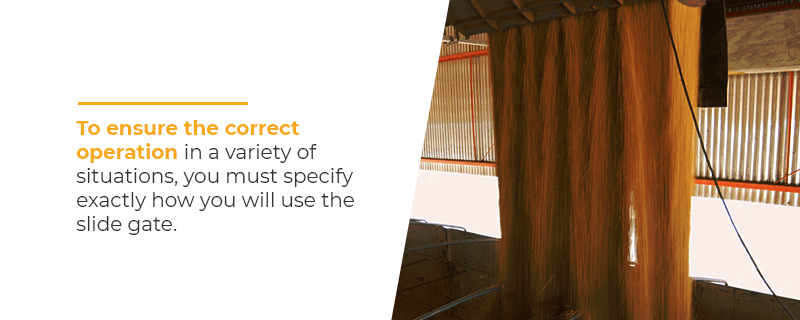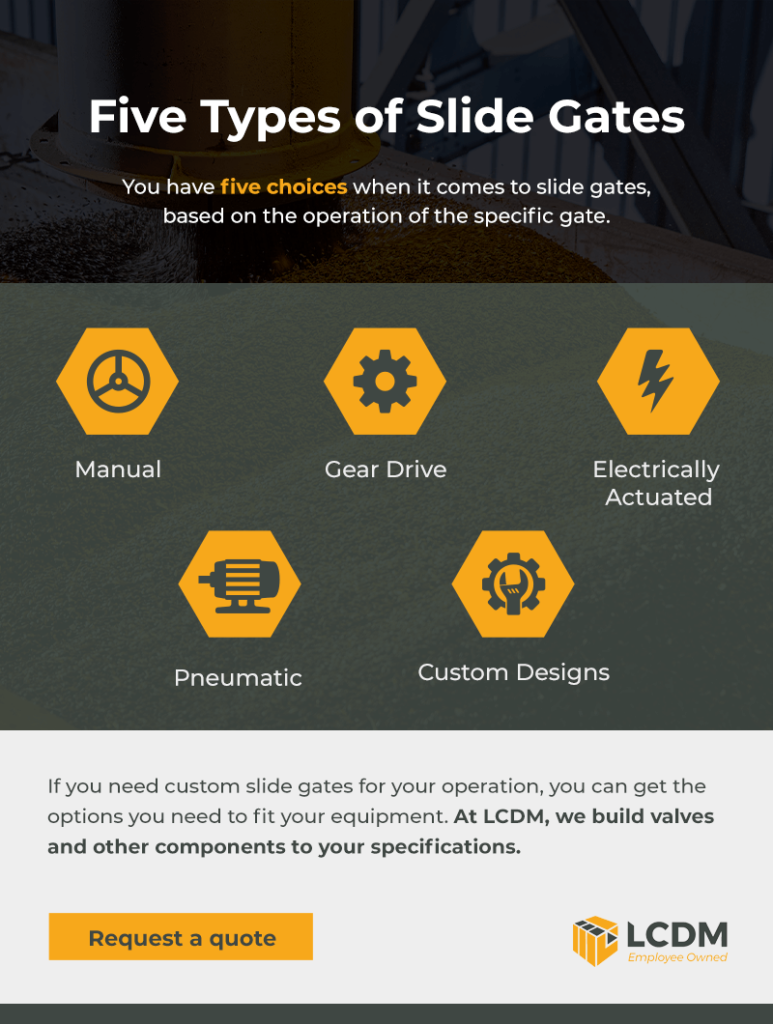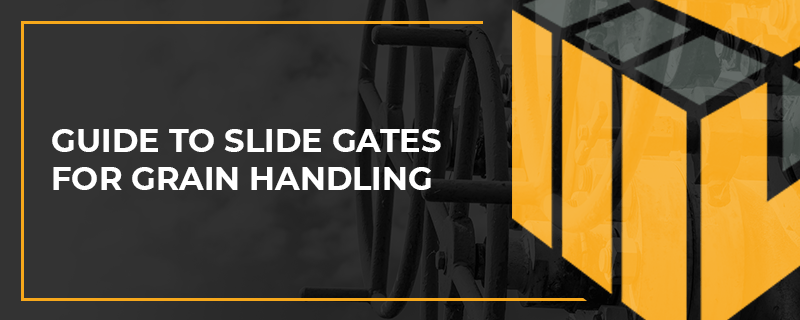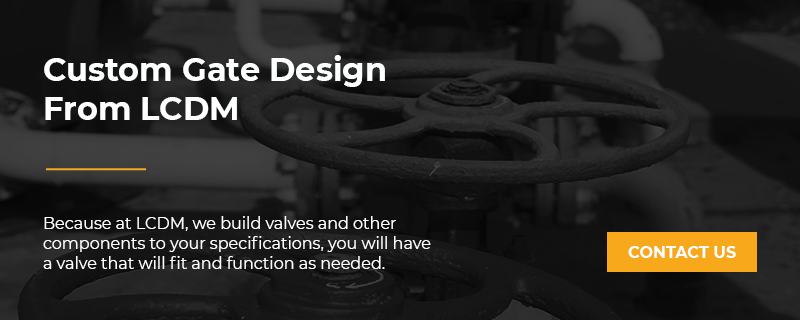Slide gates offer an effective means of controlling grain flow. However, with many types of slide gates available, you need to know which forms work best for your applications. In this guide, we’ll discuss everything you need to know about these gates, their applications and the different types available.
What Is a Slide Gate?
The slide gate design allows a gate to move smoothly over an opening. As it does, it prevents or allows the flow of material. To keep the gate intact, the material used is extra durable, especially because these types of gates must remain closed over the weight of solid materials.
Slide valves, also known by the more generic term of gate valves, close off the material movement. The gate moves in a straight line to a fully opened or closed position. Partially opened positions do not help control flow.
One of the advantages of this type of valve is the low-pressure decrease between closed and opened settings. With the gate completely opened, nothing blocks the flow of the materials through it, allowing for better movement of fluid goods through it. This lack of pressure change also explains why slide valves do not control the flow rate of goods moving through them. Changing the opening will not drastically affect the pressure.
Slide Gate Applications
When choosing gates for material handling, you must select the type based on the goods flowing through the valve.
Slide gates are your best option for on and off control of liquids, but these types of gates may also control the movement of flowing solids such as grains.
To ensure the correct operation in a variety of situations, you must specify exactly how you will use the slide gate. Operations that require specifying the type of slide gate include using the valve for gravity-fed fine particles, in a vacuum or under pressure. Outlining how you will use the gate will help the engineers to overcome some common problems in these special situations. For instance, fine particles may leak around the blade, but when you have the right seals around the gate, you can prevent such leaks.

If you handle abrasive materials, you may require a heavy duty blade that resists wear. The standard blade in an LCDM gate is plain carbon steel, 1/4″ thick. In situations where there is high volume and/or abrasive materials flowing through the valve, a typical upgrade would be an AR steel blade. LCDM offers AR250, AR400, and AR500 material as options.
Another way to reduce damage to the valve’s interior is by choosing a dead pocket. Materials collect in this pocket, which is located around the valve opening. The material passing through then touches the material collected in the pocket rather than the seals. Another option is to include a deflector that directs the material flow toward the center opening of the gate, keeping the abrasive materials away from the seals around the gate.
For some materials, slowly closing manual valves may not stop the flow quickly enough. When handling these materials, you may need an actuator that automatically or remotely opens and closes the valve quickly. The fastest closing gates have pneumatic actuators. Electric actuators work best in valves that operate in freezing temperatures.
Five Types of Slide Gates

Rack and pinion slide gates are a popular choice in the industry for grain handling. They have a simple design based on physics principles that ensure consistent operation. These gates operate by converting turning motion into lateral motion. For instance, in a manually operated rack and pinion gate, when you turn a wheel, the gate slides horizontally over the opening.
When it comes to slide gates, you have five choices, based on the operation of the specific gate. The types of slide gates include the following:
- Manual: Manual operation of a slide gate uses hand wheels or chain wheels for opening and closing the gate. Though both inlets and outlets have a square shape, you can readily alter these with adapters.
- Gear drive: In commercial applications that require multiple gates to open or close simultaneously, electrically operated gear drive gates are the preferred option. The motors have the option of explosion-proof forms if needed.
- Electrically actuated: When automating commercial processes, some facilities use a programmable logic controller (PLC) for opening and closing slide gates. To allow for computer operation, the gates must be electrically actuated with motors that respond to PLC commands.
- Pneumatic: Adding airpower from pneumatic control provides more force and faster speed for opening and closing commercial-sized slide gates.
- Custom designs: For slide gates that require custom designs, operation or non-stock sizes, let us know what you need, and we can take care of your project.
Custom Gate Design From LCDM
If you need custom slide gates for your operation, you can get the options you need to fit your equipment. Because at LCDM, we build valves and other components to your specifications, you will have a valve that will fit and function as needed.
When it comes to material handling, spills from poorly fitting or functioning valves can lead to significant losses. Getting the right type of valve to match the material you move can help prevent this problem. Whether you need an option for dry grain or wet pulp, we can help you find the slide gate valve that best fits your needs.
As an employee-owned company, we put our hearts into our business, and you benefit from this effort through our unsurpassed fast, efficient and friendly service. Our customized parts bring your design ideas to life. Just let us know what you need, and we’ll work with you to make it happen.


